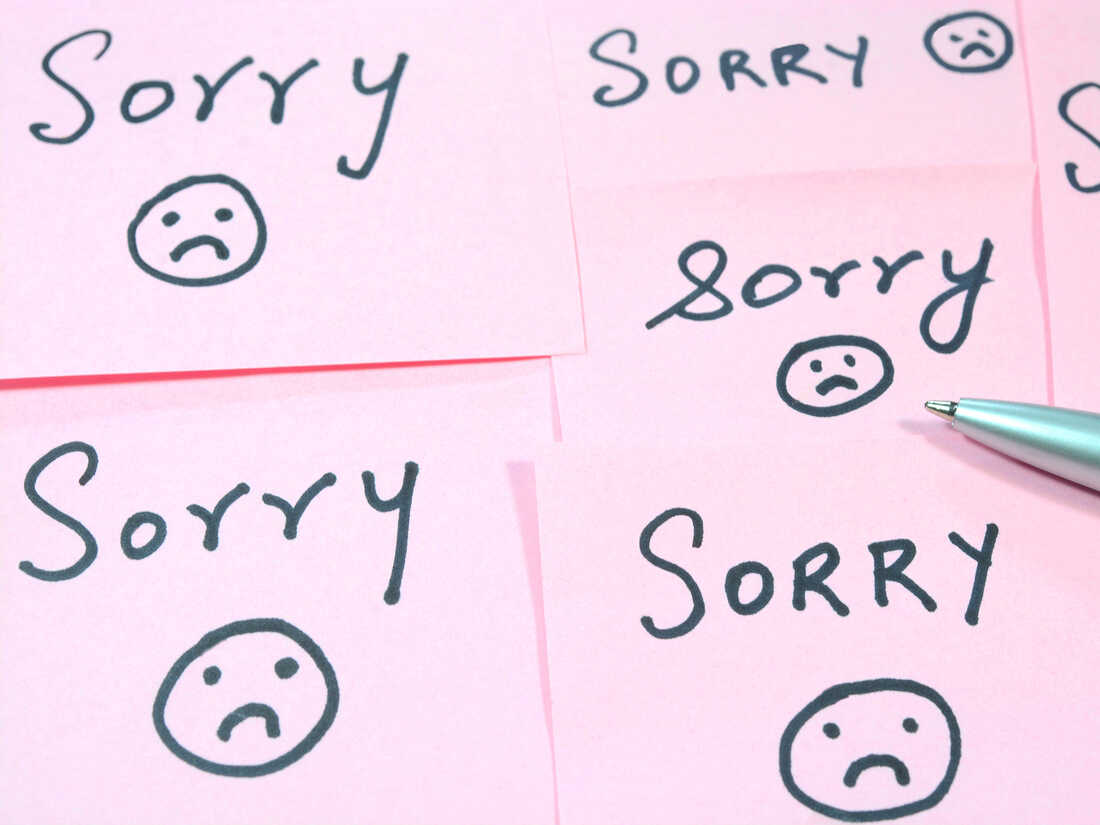The Seven of Pentacles–Marge Piercy
Under a sky the color of pea soup
she is looking at her work growing away there
actively, thickly like grapevines or pole beans
as things grow in the real world, slowly enough.
If you tend them properly, if you mulch, if you water,
if you provide birds that eat insects a home and winter food,
if the sun shines and you pick off caterpillars,
if the praying mantis comes and the lady bugs and the bees,
then the plants flourish, but at their own internal clock.
Connections are made slowly, sometimes they grow underground.
You cannot tell always by looking what is happening.
More than half a tree is spread out in the soil under your feet.
Penetrate quietly as the earthworm that blows no trumpet.
Fight persistently as the creeper that brings down the tree.
Spread like the squash plant that overruns the garden.
Gnaw in the dark and use the sun to make sugar.
Weave real connections, create real nodes, build real houses.
Live a life you can endure: make love that is loving.
Keep tangling and interweaving and taking more in,
a thicket and bramble wilderness to the outside but to us
interconnected with rabbit runs and burrows and lairs.
Live as if you liked yourself, and it may happen:
reach out, keep reaching out, keep bringing in.
This is how we are going to live for a long time: not always,
for every gardener knows that after the digging, after
the planting,
after the long season of tending and growth, the harvest comes.
I came across this nice Spring Time poem as the weather forecaster is telling us that snow and wintry weather is about to descend down upon us
IN MARCH
(uhhhhhhh just 10 days away from Spring)
which is enough to make any Thermometer
(AND US)
be a little more than confused

THE UN-CONFUSED THERMOMETER
Sometimes a Place
can have all four Seasons
in one day
that’ll schizophrenically
have you guessing how to dress
so you’re not shivering or sweating
at any unknowingly moment
confusing the most sophisticated
of Thermometers
And yet you meet
THAT Heart
that’ll have you begging
for the harshest of Winter’s Terriblesnesses
so IT could forever be Warmed
 Now any Caring Catalyst
Now any Caring Catalyst
S H O W S
that it’s not the Season we’re in
we dress for
but the Season we bring
to the worst
t e m p e r a t u r e s
a confused Thermometer
can ever read. . .




 Bits of grit
Bits of grit OUR STRENGTH
OUR STRENGTH









